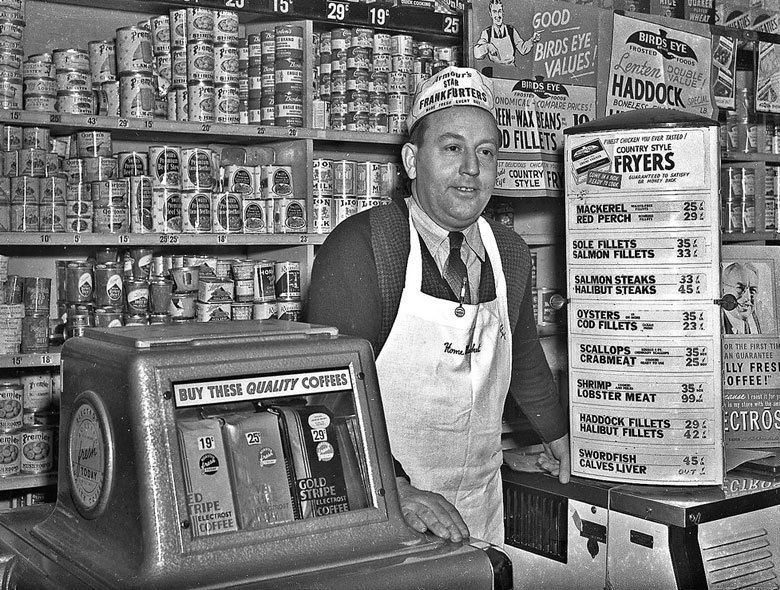What kind of attitude do your customers have towards your brand? Do they like your brand or dislike it? One could argue that if they are buying from us, they should like the brand. But in reality, this is far from the truth. For most businesses, customers actually do not like their brand and have a distaste and yet continue to buy because of various factors such as convenience, lack of options and so on.
From time to time, as a responsible brand evangelist, you should attempt to find out the status of the attitude of your customers. A status check will enable you to see potential disasters. A negative brand attitude foreshadows an impending brand disaster.
A positive brand attitude results from a variety of contributing factors. These days the actual quality of the product/service or specs/features actually sit at the bottom of that list. Quality of products/services is on the rise due to fierce competition. So customers come to expect quality by default. What they are looking for is a luxury experience. And to give that experience you need a professional brand manager on your side.
Humans are highly emotional creatures and our interaction with products/services and brands is strife with emotion. We judge based on our emotions and not merely facts. This does not just apply to the luxury products or services. This applies to all forms of businesses and all market segments.
The Loud Butcher

For instance, I will take the case of my local butcher. Most of the people visiting the shop do not actually like the experience. They did continue to turn up and buy from the butcher but they were not happy about it. When I thought about it, I was surprised because the quality of the meat was quite high and the prices were reasonable. So I analyzed the situation and realized that the owner at the front would constantly yell to the back where there were 3 or 4 people fulfilling the requests. This was a jarring experience. I could see that most people were visibly uneasy with the yelling.
So when the local grocer opened a meat counter, people switched in a heartbeat – even though the meat was not as good and it was slightly more expensive and everyone knew the guys operating the meat counter were not actually butchers. Within weeks the main butcher’s customers dried up and believe it or not, they had to shut down in a few short months.
This may sound like an obvious or one off a kind situation. But you would be surprised.
Photo Credit
The Lazy Salesperson

Another example that proves my point is that of a popular clothing retailer at the local mall. We used to frequent the store to buy clothes for my two daughters. For years we just bought at that store. The clothes were stylish and our kids loved them. But then one day there was a change. The store manager decided to implement some cost-cutting measures and his first step was to fire some key employees and replace them with novice apprentices.
Our shopping experience was totally different. Nothing much had changed in terms of the store layout or the clothes or even the prices. But somehow we came away feeling a little frustrated and unhappy. The cause was the new salespeople who were mostly lazy and did not bother to give us good service.
This is what happens in business with employees. If your employees are not trained properly and not educated in the importance of the “lifetime value” of a customer then they would not really care and would not know how to treat customers. Don’t get me wrong. I am not blaming the apprentices entirely. Nor am I suggesting that apprentices do not do well. In fact, every single apprentice we have hired at SpellBrand became super stars and contributed to the success of the agency!
Photo Credit
The Disgruntled Teller
Another story – this time it was a teller at my local bank. By this time you may be wondering that I am probably the fussiest person on this planet and that I would get upset with every little thing etc. Quite the contrary. It is just that I analyze these experiences and try to get to the root cause.
So the next experience relates to how employees could be having some personal issues or problems at work (either with their boss or a co-worker) and decided to bear it all to the public. They may believe that the customer who witnesses an outburst of dissatisfaction and empathize with them. This is hardly ever the case. 9 out of 10 times, customers get turned off by this and this creates a negative brand attitude.
Photo Credit
Keep Your Eye On The Ball
In your business, always make sure to keep your eye on the attitude ball. Gauge how your customers’ emotions are staking up. There is a fundamental disconnect between the emotional needs of the customers and yourself or your staff. As humans we are wired not to be nice or to care about others. A harsh statement but it is the truth. So a lot of conscious effort is required to raise above the natural instincts and be “nice” to your customers. To empathise with them. To be in their shoes and truly “love” them.
- Set up processes that would help you keep your finger on the customers’ pulse.
- Set up surveys at critical touch points so customers can give anonymous feedback. This would be hugely beneficial. If you make the survey anonymous, you will have many takers.
- Every once in a while, think of ways you can show you customers you appreciate them. If your customer base comes back to you time and again, then give them loyalty rewards. If your service or product is usually a one off, then end the transaction with a surprising twist that would delight the customer.
- Invest back into being generous with your brand. Engage with your local or national charities and contribute what you can. Do not make this a big PR opp. Instead do it genuinely and the rewards will be manyfold.
- Invest in training your employees to fall in love with your customers and to empathise with them.



